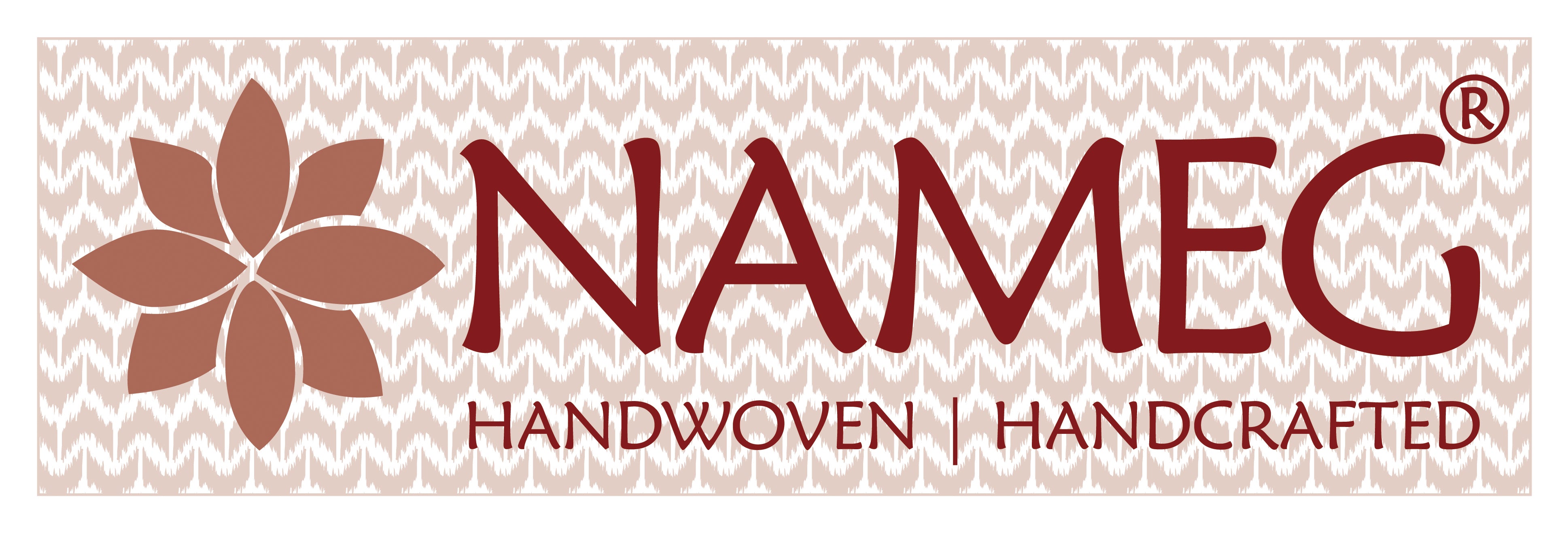Graceful Moirangphee Sarees
Moirangphee is a textile fabric which has a specific design called the "MoirangPheejin" which is woven sequentially on both longitudinal edges of the fabric and oriented towards the centre of the cloth, with cotton or silk threads. It is a product which is made throughout the Indian state of Manipur. It was originally a product of Moirang village of the Bishnupur district.
Manipur is a tiny state in India’s spectacular North-east, set among breathtaking blue hills full of stunning waterfalls, beautiful temples, picturesque paddy fields, scenic lakes and a plethora of indigenous flora and fauna. The art of weaving has developed and been perfected over centuries in the state.
Manipur is renowned for its uncommon textures like Moiraingphee, leirum, lasingphee and phanek. Ancestral materials are woven on a flank loom, a kind of back-lash loom usually utilized by slope individuals. The twist of sensible length and broadness is arranged and attached toward one side by and large to the mass of a house or to two fixed posts while the other is attached to the abdomen of the weaver with a cotton or cowhide belt. Now and then the belt is woven out of stick or bamboo. Weaving is all-inclusive and each young lady realizes how to weave. The loom frames some portion of her settlement. Weaving is done only for individual use, by the ladies, while exceptionally sorted out business weaving is finished by men.
There is an air of religion and sentiment around cotton-weaving. Each procedure and configuration is featured by a legend and associated with unique capacities, moves, and functions. Ningthou phee and akoibi depend on snake themes and the structure is worn by eminence. These designs are generally found on the phaneks. Convention has it that when a weaver used to plunk down to weave the ningthou phee, the illustrious plan, a firearm salute would be terminated in respect. A dark wrap with thick, intense weaved creature themes is known as the Angami naga (Sami Lami Phee). It was given to fearless and recognized warriors by the sovereignty, in acknowledgement of their ability and capacity. Phaneks are lady's lungies and the morang phee is the conventional Manipuri sari with a sanctuary border. Likli or jug structures looking like a loom-extra and lasing phee (a sewed design to keep warm in winter as Manipur has no fleece) are well known. Shamilami is a blend of weaving and weaving once thought to be a superficial point of interest. The maibung is supposed to be a duplicate of a characteristic structure, taking after the grains of wood as uncovered when it is cleaved clean. Hijamayak, which is a pontoon structure, has a confined use as it is connected with death services. Ponies, blades, and lances for use in customs structure themes of a run of the mill fringes in sarees. The patterns being used here are run of the mill of the locale. Intense hues and geometrical patterns are in proof in the greater part of their materials.

The ‘MoirangPheejin’ design is locally known as ‘YarongPhi’, ‘ya’ meaning tooth, ‘rong’ meaning long and ‘longba’ denoting pronged. The design is said to represent the thin and pointed teeth of ‘Pakhangba’, the Pythonic God in Manipuri mythology.
Moirangphee saree is distinguished by its temple border and connected with the tragic love tale of Khamba -Thoibi, etc. Some of the sarees resemble the Jamdani or is a combination of woven and embroidered borders. The saree is a traditional garment worn by most Indian women. Manipur is known for its traditional handloom fabric weaving. In Manipur, handloom weaving was an intrinsic part of each Manipuri family where different tribes are bonded with each other.
If you are thinking of a perfect saree, without having any doubts you should definitely opt for a beautiful and gracious Moirangphee saree which has its roots from Manipur, representing its heritage.
Next Blog - https://nameg.in/blogs/news/royal-maheshwari-sarees

